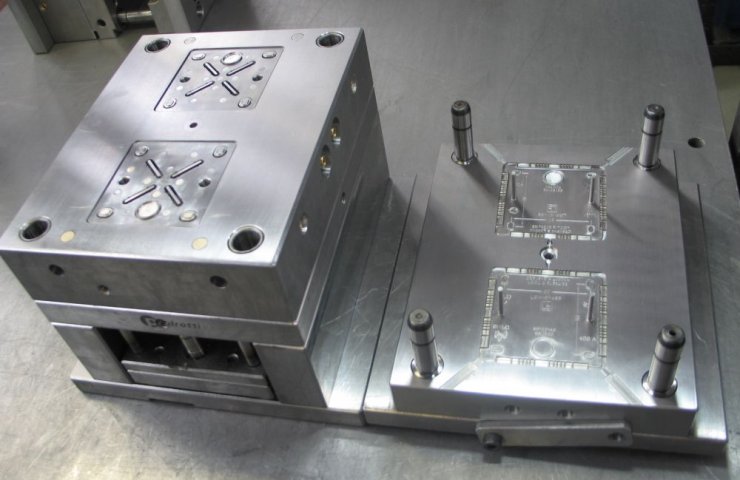Features of obtaining parts from plastics
Plastic, or plastic mass, has valuable properties that are widely used in various fields. It is a mixture of polymers (high molecular weight compounds), plasticizers, fillers, hardeners and other substances. Each of the compounds included in the composition has its own function. So, the filler determines the physical, dielectric properties; the plasticizer is responsible for the ease of processing the molten mass into a finished part, and the hardener is responsible for the speed of solidification in the mold. Due to its characteristics, plastic allows organizing a fully automated, highly mechanized, mass production of products.
Varieties of plastics
According to the method of processing, there is a division into two groups.
1. Thermoplastics
Thermoplastic plastics, which are able to soften many times when heated, include polystyrene, nylon, polyethylene. To process them requires production of a mold in accordance with the parameters of the required product. Thermoplastics are molded on injection molding machines into cold molds. Heating to a plastic state is performed outside the mold. After extraction, mechanical separation of the sprues and flash is required.
Features include:
- high pressure melt injection, reaching 196 thousand kPa;
- minimum curing time, usually no more than a few seconds.
2. Reaktoplasts
Thermosetting plastics include phenolic press powders with a powder or fiber filler. A distinctive feature is the inability to transition to a plastic state when reheated. Therefore, the manufacture of products based on them requires the use of hot molds, into which the thermosetting press material is directly placed. When the mold is heated, the thermosetting plastics temporarily acquire plasticity, thereby spreading over the working cavity, filling it. After that, within 30 seconds. - 2 minutes. (depending on the wall thickness) the casting is subjected to a pressure from 29 thousand kPa to 98 thousand kPa. After the final hardening, the finished product is removed.
Injection molding is the most popular and widespread method of plastics processing due to the speed of production, the absence of restrictions on the configuration and the number of final products. In this case, the most difficult stage is the manufacture of the mold. Exceptionally through careful design and optimization, it is possible to maximize the automation of the manufacturing process and minimize production costs.
